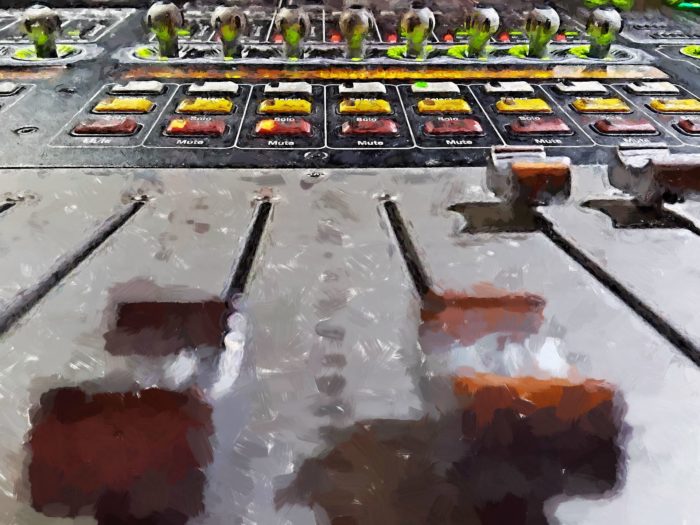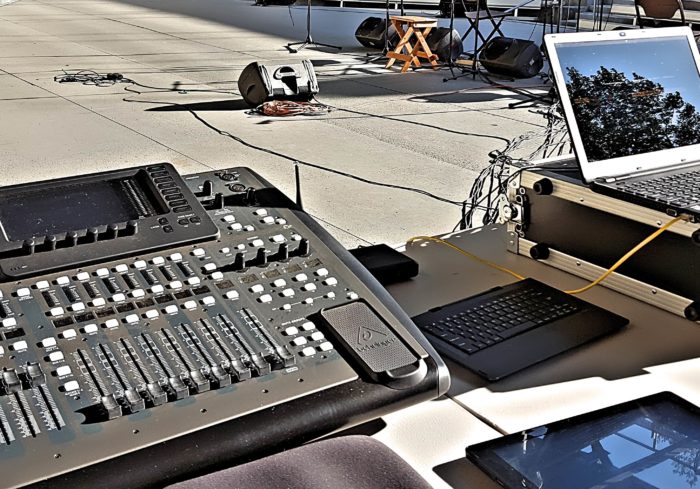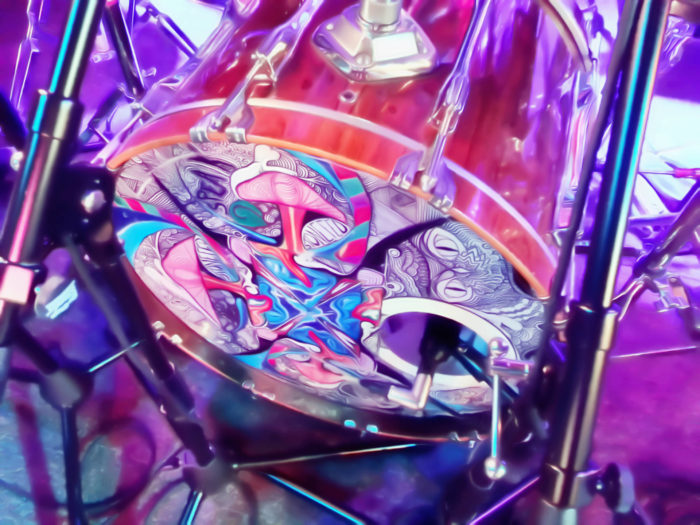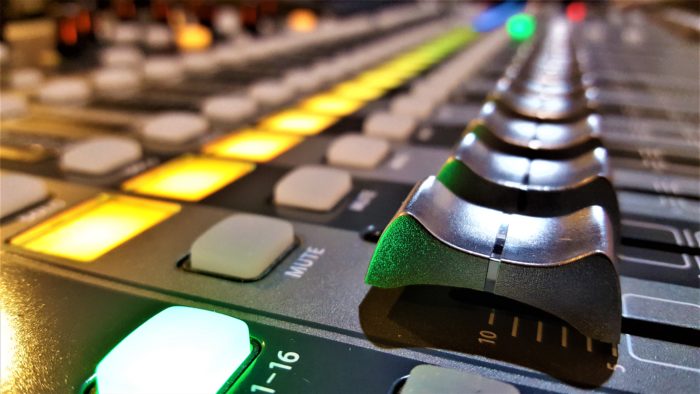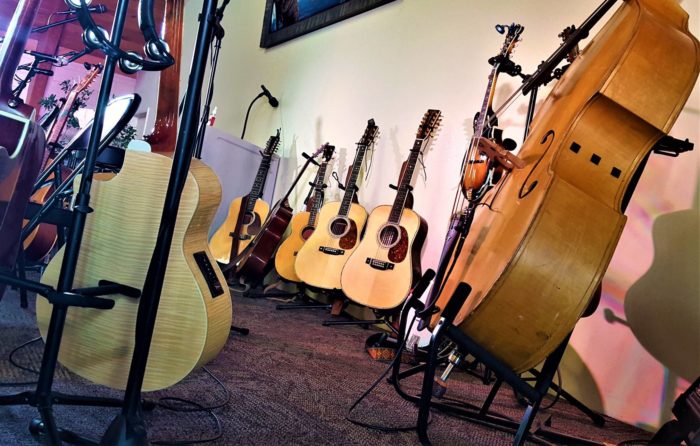There are times when the bizarre, convention-breaking approach is what you need to survive.
Please Remember:
The opinions expressed are mine only. These opinions do not necessarily reflect anybody else’s opinions. I do not own, operate, manage, or represent any band, venue, or company that I talk about, unless explicitly noted.

 Want to use this image for something else? Great! Click it for the link to a high-res or resolution-independent version.
Want to use this image for something else? Great! Click it for the link to a high-res or resolution-independent version.Sometimes the only way out is through… through the hull.
You and I both have probably done it: Looked at the control settings on a console, loudspeaker manager, or really any piece of audio gear and thought: “What in blazes was this person thinking?” It’s not entirely without justification. There’s a general range of ideas in audio that make sense, and getting outside that range can indicate that someone doesn’t know what they’re doing.
It especially indicates that someone doesn’t know what they’re doing when a very odd configuration is dialed up without any listening being done. If you add to that an inability of the operator to explain why they did something (beyond “I always do it this way,” or “So and so did this”), then you have a good indication that the heterodox approach in play might not be advisable.
But what if they CAN explain why they’ve done something weird? What if they have listened, listened indeed, and come to the conclusion that the way to best get through the show is to really, REALLY twist the knobs? In such a case, the total acoustical result – what you can hear, in other words – is the deciding factor about something being “right.”
Orthodox methodologies are a proper starting point. Going into the solving of an audio problem with a rational baseline helps with not solving the original problem AND a new one before you’ve made any real progress. What you have to watch out for, though, is the belief that “this should sound right because the knobs are pointing in a reasonable direction.” That’s not always true. I’ve said before that I’ve been in stage-wash situations where high-pass filters were set in the kHz range. The settings looked wrong, but sounded much cleaner than the alternative. I’ve had reverbs fed from pre-fader sends when they were wanted in monitor wedges. Post-fade is the normal way to go, yes, but you have to take a different route if your options are limited and you don’t want the verb in the wedges to change as your FOH mix changes.
Sometimes you have to cut your way out. The important thing is to get the experience necessary to know when doing something drastic is truly required, and also to know when it’s neither required nor justified.

